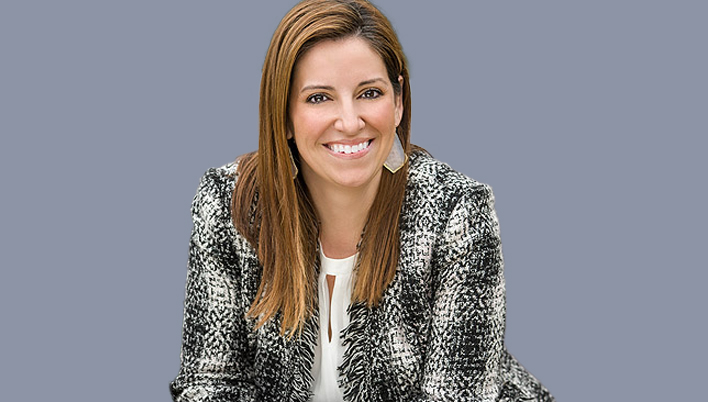There is a lot to learn when you start a new business, from marketing and customer acquisition, to building a website and establishing an online presence. Many new small business owners struggle with all the financial planning involved in starting a business, not the least of which is how to create an operating budget. Finding the right financial information and learning business finance lingo can be intimidating, especially if money management is not your greatest strength.
The financial aspect of business planning is enough to deter some from starting a business in the first place. Studies suggest that most small business owners will never create a budget. This is unfortunate, since creating and adhering to a budget is a crucial component to the longevity and success of a business. If approached correctly, the process of creating a business budget is not difficult at all. It can all be broken down into six manageable steps, which we will share with you.
Why is a business budget so important?
Before diving into the process of creating a budget, let’s go over what a business budget is—and why it’s so important to the health of your small business. Put simply, a business budget is an overview of your business’ finances. Your budget should outline key information on the current state of your finances (including income and expenses) and your future financial goals. Your budget will be the basis for making sound financial decisions for your business, so it should take high priority as you tackle all the upfront work in establishing your business.
A budget not only guides you in the present, but it can also help you to see past next month to next year, or even years down the road. A budget will benefit your business in the following ways:
- Financial operations will run more efficiently
- Recognize funds that can be reinvested
- Identify where spending can be cut or where revenue can increase
- Predict slow months and stay out of debt
- Estimate what it will take for your business to become profitable
- Enable you to secure funding, should you require it
- Provide a window to the future of your business
- Make sound financial decisions
- Keep control of your business spending
How to create a business budget: a 6-step guide
The first thing you need to do is review your past income and expenses. If you have been in business for a while, this should be easy. You’ll have historical data to look back at as you create your forward-looking budget. However, if your business is new, you will probably need to do some research into typical industry costs to compile working estimates for your forecast. Business budget templates can be helpful if you have never created a budget before.
1. Check standards for your industry
Every business is unique, but there are similarities across many industries. If your business is brand new, do some homework online regarding your industry. You might even reach out to comparable local business owners and check the IRS website to get an idea of what percentage of your potential revenue will be allocated toward operating expenses and profit. Small businesses are more susceptible to industry or economic downturns than larger competitors. For this reason, you only need averages here, not specifics.
2. Examine your revenue sources
Review your business revenue streams and how much your business brings in each month, on average. Be sure to calculate revenue only, not profit. Revenue is all sources of income before expenses are deducted, versus profit, which is the amount that remains after expenses. Again, if you are starting a new business, you will need to lean on the industry averages you uncovered in your research.
3. Look for seasonal patterns and plan for downturns
After identifying all your income streams, calculate your monthly income. If data is available, it’s important to do this for multiple months. With 12 months (or more) of data, you can see how your monthly income fluctuates over time and look for seasonal patterns. For instance, your business might experience a slump after the holidays, or during the hot summer months. Knowing about these seasonal fluctuations will enable you to prepare in advance for leaner months, provided you give yourself a financial cushion.
4. Calculate and subtract fixed costs
The fixed costs in your business are those that are recurring and are necessary for the ongoing operation of your business. Fixed costs could occur daily, weekly, monthly, or even yearly. Some examples of fixed costs might include:
- Rent or mortgage payments
- Supplies
- Loan repayment
- Payroll
- Depreciation of assets
- Taxes
- Insurance
- Association fees
Once you’ve identified your business’s fixed costs, you’ll subtract those from your projected income and move to the next step. Remember that if you’ve just started your business and don’t have historical data to review, be sure to use projected costs. For example, if you’ve signed a lease for office space, use the monthly rent you will pay moving forward.
5. Calculate variable expenses
As you went over your fixed costs, you might have also noticed expenses that change from month to month. Many variable costs are necessary for the day-to-day operation of your business, such as utilities, shipping costs, sales commissions, travel expenses, etc. You will also have variable expenses that aren’t essential for the function of your business, but are nice to have, like professional development, or entertaining customers. These are called discretionary expenses and they should also be rolled into your total of variable expenses.
Once you’ve identified your lean months of the year, you should take note to reduce your variable expenses during those months, beginning with discretionary spending. Likewise, identify your more profitable months, during which you can be more generous with variable spending.
6. Allocate a contingency fund for one-time spends
Whether in business or our personal lives, one-time (or unexpected) costs always seem to come at a time when it’s not convenient. These expenses are the ones that wreak havoc with the best of budgets! It’s the day before you’re hosting a large Christmas party, and your refrigerator stops working. Or you are burning the midnight oil working on a huge proposal that’s due tomorrow, and your computer crashes.
Since these types of expenses arise when you’re least expecting them, plan ahead in order to minimize your stress when the time comes. You might be tempted to spend surplus income on variable expenses but put some income aside into an emergency fund instead. That way, you’ll be ready when equipment breaks down and needs replacing, or you need to quickly replace inventory that is damaged by flooding.




